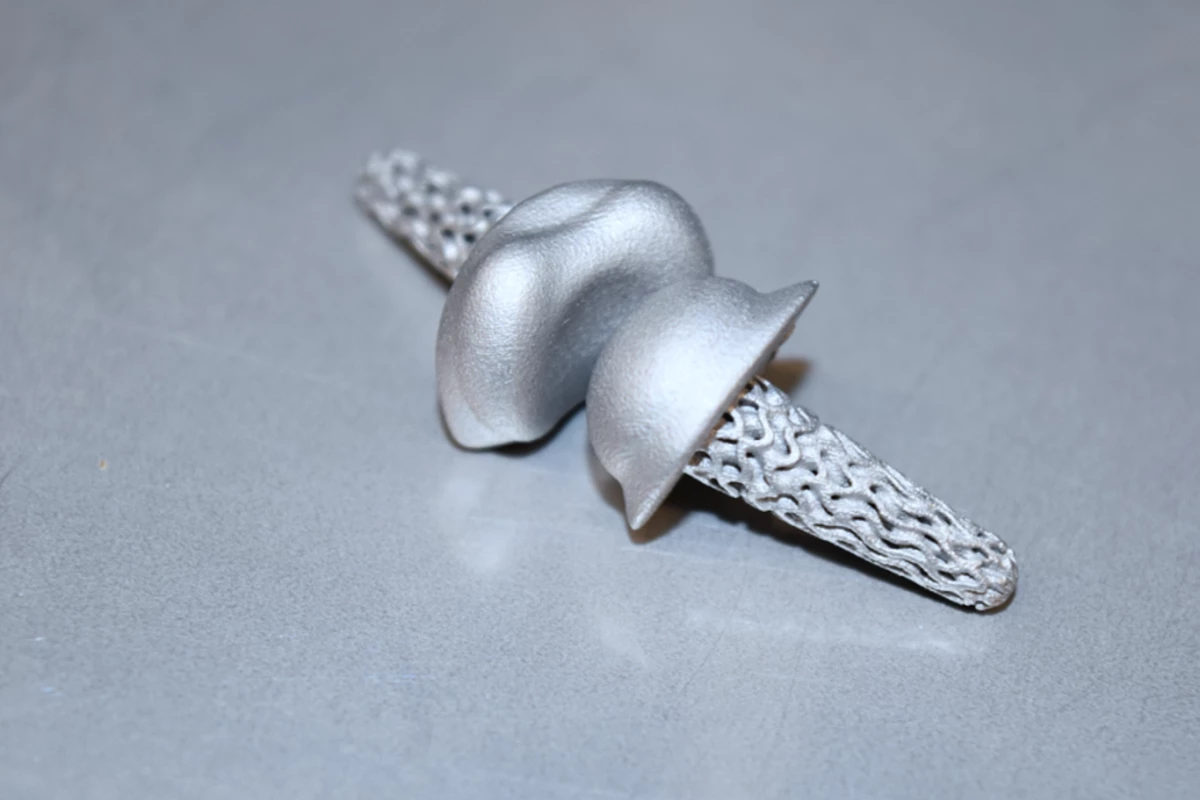We hear a lot about artificial hips and knees, but finger joints? They do exist, but their fit and functionality is limited. Germany's Fraunhofer research group aims to change that, with artificial finger joints that are custom 3D-printed for each patient.
Quite often, when a finger joint is irreparably damaged due to arthritis or injury, doctors will simply fuse it together. Needless to say, doing so decreases that digit's dexterity.
Artificial finger joints are becoming more common, and typically take the form of either silicone or standard implants.
According to Fraunhofer, however, the silicone implants often come loose from the finger bones and have to be surgically reattached, while the standard implants are only made in certain sizes which don't restore a full range of movement to any one patient.
With these limitations in mind, five Fraunhofer branches are now collaborating on what is known as the FingerKIt project.
In a system developed as part of that project, patients start by having the affected finger X-rayed. Custom AI-based software subsequently analyzes the two-dimensional images, and uses the information to create a 3D computer model for an artificial joint which is specifically suited to that finger.
The model then guides a 3D printer which builds the actual titanium implant. In a printing process called metal binder jetting, the implant is initially constructed one layer at a time, by applying a liquid binder to a titanium-particle powder. The resulting object is highly detailed but rather fragile, so it's subjected to a sintering process, which transforms the bonded particles into a sturdier solid material.
It's also possible to make the implants out of ceramics, via a slip casting process.
In either case, it is estimated that patients could be fitted with the custom joints up to 60% faster than is currently the case with standard implants, as the joints could be printed on location, soon after the X-rays were taken.
Fraunhofer is now seeking commercial partners to help bring the technology to market.
Source: Fraunhofer




